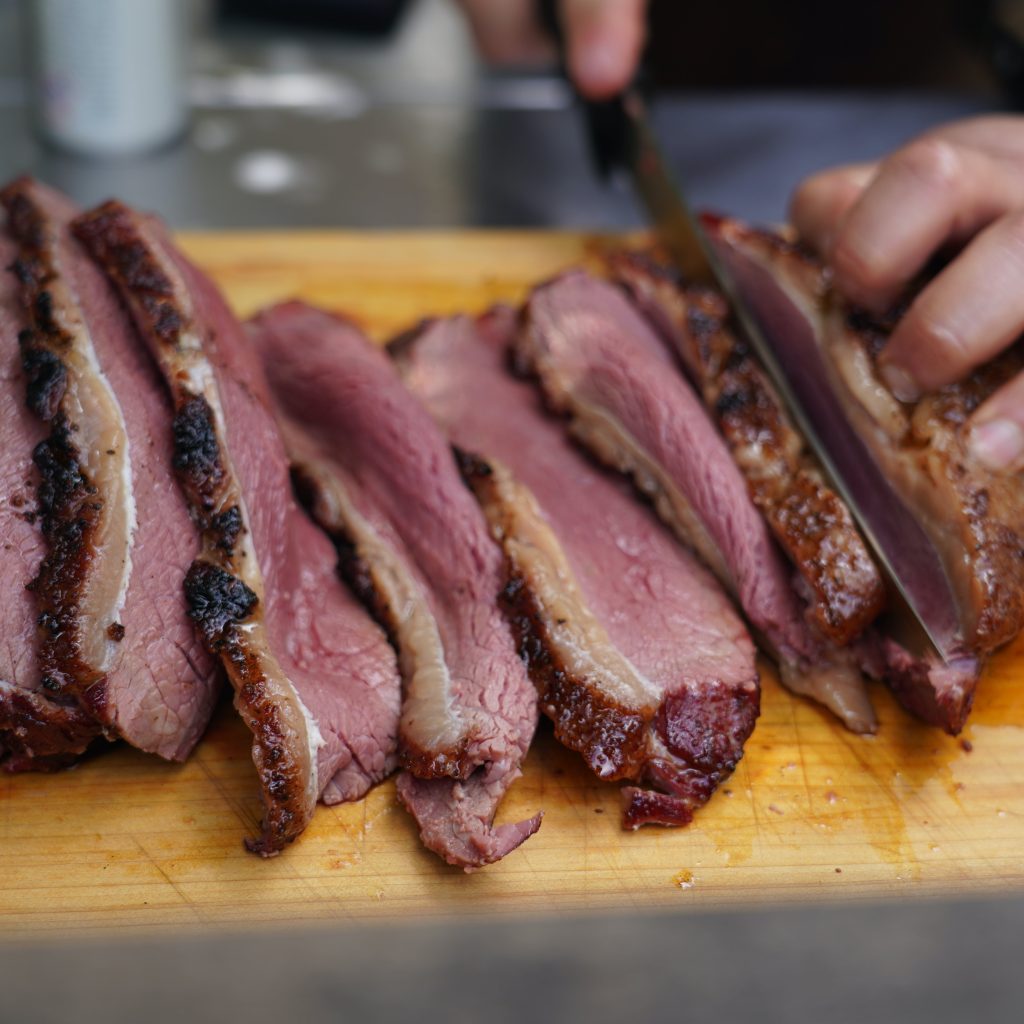If you find persuasive the case for a low carb lifestyle (or ketogenic, keto, all the same thing) to tackle weight loss, metabolic and heart health, or both, then you will want to attack it with some organization and discipline.
In other words, you need a plan.
Here we summarize the major low-carb systems, to help you perhaps lock into one. For background, you can find [here links] discussions of the particulars of typical carbohydrate metabolism and the alternate pathway adopted under ketosis.
Some things common to all low-carb diets:
- extremely low daily consumption of carbohydrates (carbs), from 0-60 grams. To put that in perspective, the average healthy American diet might be 250-400 grams/day. A completely undisciplined daily diet on comfort-food, snacks, and sodas can easily be 600-800 grams/day.
- There is little to no interest in counting or limiting calories, only carbs.
- Fat consumption is preferred over protein.
- Sugar substitutes/artificial substitutes are not encouraged; rather breaking the sugar crave entirely, and fostering an appetite for the delicious low-carb alternatives.
- Meat is good, and eggs are considered a super-food.
- Just about anything involving flour, breading, or rice or potatoes is not acceptable.
A Word About Fasting
Fasting and intermittent fasting – going without food or perhaps anything but water for a time period – is a tool often used alone. It is also used in conjunction with any of the low-carb diets. This will be covered in more detail in another article and we will update here when we get that covered.
The Atkins Diet
The Atkins diet was the first serious keto diet, developed in the 1970s by cardiologist Dr Robert Atkins. It was a radical departure from decades of convention at the time, and the medical establishment viewed it as a fad no different than the potato diet, the cabbage soup diet, and other short-term gimmicky ideas.
Dr Atkins however did not view it as temporary thing, as in “going on a diet” but as a lifestyle change. Moreover, he had research that supported his views.
It did not really gain traction until the early 2000’s, when more scientists began to come to the same conclusion Dr. Atkins did. And 20 years later, the debate between low-carb and low-fat is all but over, in his favor.
There have been some refinements from the beginning, but the main idea has not changed. The Atkins diet is structured, with known choices and targets, in great detail, but a summary.
- Cut down to 20 grams of carbs/day for a length of time while you are in weight-loss mode.
- As you approach your target weight you can increase to 60 grams/day, and ultimately 80 grams/day. But the low-carb life is permanent. There is no return to 400-800 grams/day.
- All meat is good, as well as eggs, leafy vegetables, and low-carb vegetables such as broccoli, onions, cauliflower, olives, peppers, and squash.
- Cheese is good. Heavy cream is good. jMilk is not.
- Butter, in particular real butter, is highly encouraged.
- Coffee and tea are discouraged but acceptable; lots of water is encouraged.
- As you reach your target weight and transfer to a maintenance diet, the menu broadens accordingly, allowing legumes, many fruits, nuts, and dairy.
As you pass out of the early phase into maintenance mode, the dietary choices expand. It is all spelled out at [link to atkins.com].
Atkins as a brand markets meals, candy bars, and milk-like drinks. The candy bars and drinks make use of sugar acids as a replacement sweetener for sugar. For more detail on sugar alcohols, see [the link].
The Keto Diet
The keto diet is just Atkins without all the marketing.
That is slightly oversimplifying but not by much. While the Atkins diet has a sponsor and a marketing arm, the keto diet is more of a public-domain concept. As such it has no owner, and has more than one variant. A couple of the variants are targeted toward a very specific audience (athletes) and we won’t cover those here.
The keto diet was introduced in the 1920’s by Dr. Russell Wilder as a therapeutic treatment for epilepsy, for which it proved highly effective. [link:https://keto-mojo.com/article/history-of-the-keto-diet/ ] Modern epilepsy medicines eventually arrived, and people found it more convenient to take the medicines than to stick to a keto lifestyle. So the keto diet disappeared from public discourse.
But as the Atkins diet began to gain traction in the 1990’s more scientists began to break free from the establishment point of view, and research studies began to show the benefits of a keto lifestyle, far beyond just weight management (see the articles all across our site).
The variants worth discussing:
High fat keto (aka “normal keto” )
This is the one most people do. The ratio of fat-protein-carb is about 75-15-10, with about 20-40 grams of carbs per day.
High protein keto
The ratio here is going to be about 60-30-10, about twice as much protein as in the normal keto. You do that by focusing more on meats like salmon, tuna beef, and chicken.
This emphasis on protein is favored by athletes and those who work out intensely and often.
cyclical keto
This involves5 days of standard keto, followed by 2 higher carb days. Or whatever combination of days suits you as long as it is dominantly keto. The idea, not embraced by all scientists, is that the carb days can replenish your glycogen stores.
The Paleo Diet
The Paleo diet is modeled after what pre-agriculture hunter-gatherer people could likely source. This diet is not strictly low-carb, but eliminates sugar and sweets, as well as processed foods that are typically carb-heavy. So one can see the commonality with more focused low-carb lifestyles.
The hallmarks of this diet:
- Grains and legumes are out.
- Most dairy products are out.
- Processed foods are out.
- Lean meats and fish are in.
- Fruits, nuts, seeds, and some vegetables are in.
Paleo advocates are less interested in weight loss than they are in overall metabolic and heart health.
Low-Carb, High-Fat (LCHF) Diet
The Low-Carb, High-Fat (LCHF) approach emphasizes fat consumption while substantially lowering carbs. The LCHF diet encourages a diverse sources of healthy fats like avocados, fatty fish, nuts, seeds, and high-quality oils, and pair them with nutrient-dense, low-carb foods.
It is perhaps most used as a “gateway” low-carb diet.
The Carnivore Diet
The carnivore diet is keto, but with no plant foods at all, and as such it is near-zero carbs. It consists of meat, fish, eggs, and some dairy foods like cream and butter.
The scientific establishment has mixed views on the carnivore lifestyle, some dismissing it as a fad diet. They believe that the complete absence of vegetables deprives the person of fiber and vital micro nutrients and has bad long-term effects.
There are claims that the carnivore diet is possibly effective bringing relief to people with food allergies. There are no controlled studies that support that claim.
Wrap up
Any form of managing your diet is better than no control. That said, scientists now mostly agree that the low carb lifestyle is a superior route to weight management and overall health.
The similarities off all of the above are much greater than the differences. Pick one variant and commit to a few months in which you will refuse to give up. If you are under a doctor’s care and have annual or more frequent blood work, pay attention to the directions taken in your A1C, triglycerides, and cholesterol numbers.


